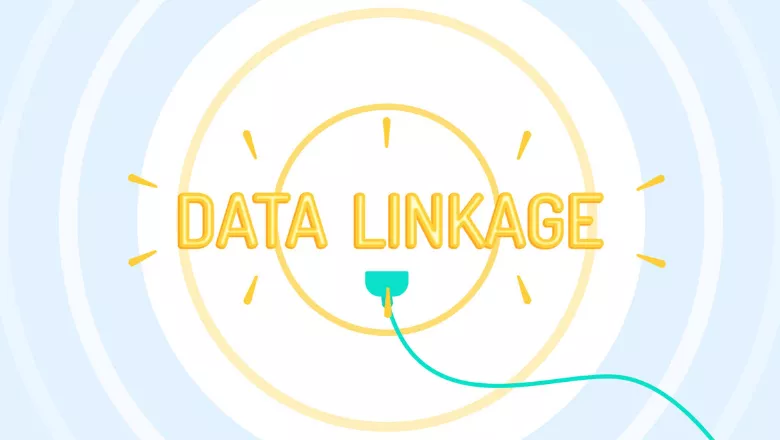Data linkage is a vital component of research which helps us to understand the wider impact of health and illness. We wanted to create a resource that would help to explain what data linkage is and how it is conducted in a way that protects the legal and ethical rights of patients.
Amelia Jewell, Clinical Data Linkage Service Lead at the NIHR Maudsley Biomedical Research Centre
22 July 2020
Data linkages animation explores the evolution of healthcare records in research
A new 3-minute animation aimed at the public explains how the use of health records for research purposes has evolved over time.

Data linkage is the joining of two or more independent databases that share a variable at an individual record level – for example, someone’s GP record and their hospital record will share a unique ‘NHS number’. The animation created by a multidisciplinary team at the NIHR Maudsley BRC illustrates the process of data linkage and the benefits for researchers.
Linkage between different sources helps to improve the quality of information and enables researchers to look at patients’ healthcare in more detail. For example, investigating how general practice and hospital care might be better coordinated. Although datasets may be linked on unique ‘identifiers’ such as NHS number, these are all removed and the information is fully anonymised prior to any researchers being given access to it.
The CRIS team, mental health service users, and researchers involved in data linkage projects have created an accessible video to help explain the technical process of ‘Data Linkage’ to the general public. They hope this can be a useful tool in Patient and Public Involvement and beneficial to other organisations conducting health linkages.
Two service users who are part of the Data Linkage Service User and Carer Advisory Group supporting the project said “The creation of the Data Linkage video was a brilliant example of co-production; as service users we had parity with the members of staff contributing to the project in terms of informing the design and other decision-making.”
“The benefits of this Data Linkage Video are that it that it will help you understand how your data is used in the NHS and provides information, for example, on how it is stored and used. Data is really important for the NHS and this animation gives a complete understanding of your data's journey and how useful it is for NHS/academic staff.”
It has been funded by the NIHR and MRC pathfinder grant.
The CRIS team worked with patient advisory groups including the Young People's Mental Health Advisory Group (YPMHAG) and the Data Linkage Service User and Carer Advisory Group. The video was designed by a multidisciplinary steering group consisting of members of the South London and Maudsley NHS Foundation Trust CRIS team, researchers from the Institute of Psychiatry, Psychology & Neuroscience, King’s College London and mental health service users in collaboration with Really Bright Media.
Contact
To find out more or to arrange interviews, please contact the Communications team at NIHR Maudsley BRC:
- Alex Booth, Communications and Engagement Manager, NIHR Maudsley Biomedical Research Centre, Tel 020 7848 0495 alex.booth@kcl.ac.uk
- Serena Rianjongdee, Communications and Engagement Officer, NIHR Maudsley Biomedical Research Centre, Tel 020 7848 2137 serena.rianjongdee@kcl.ac.uk
This article was originally published on the NIHR Maudsley BRC website on 22 July 2020.
